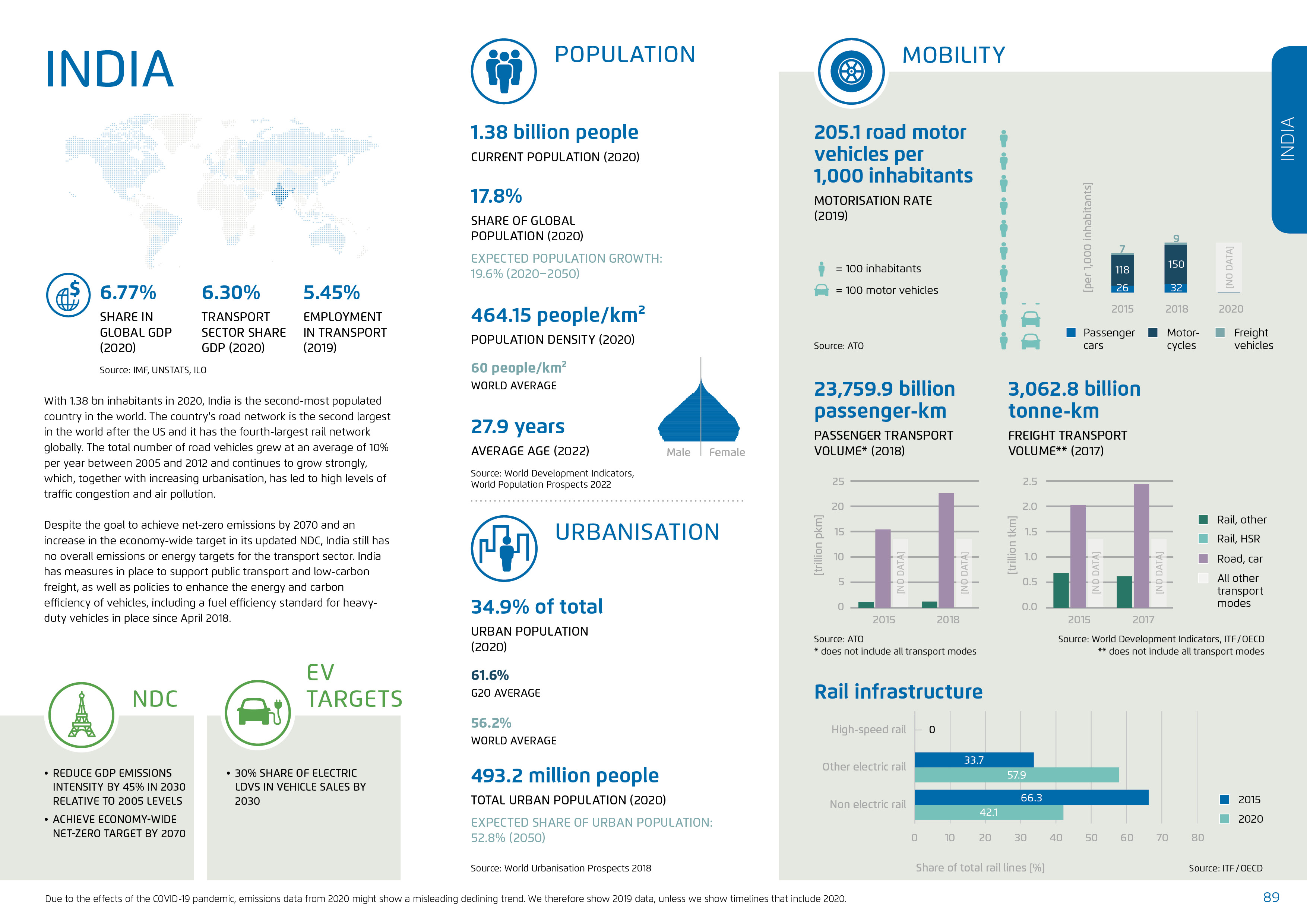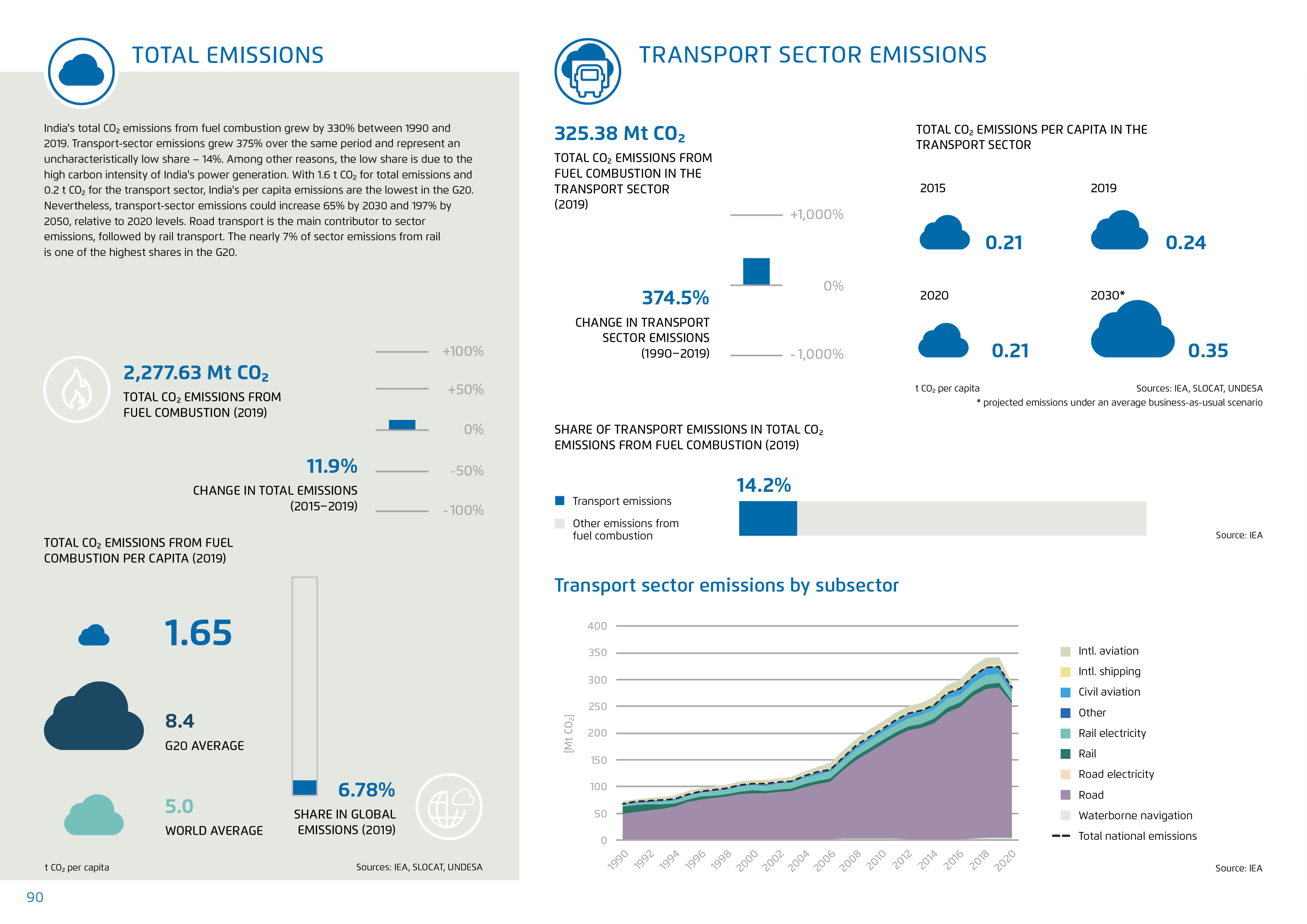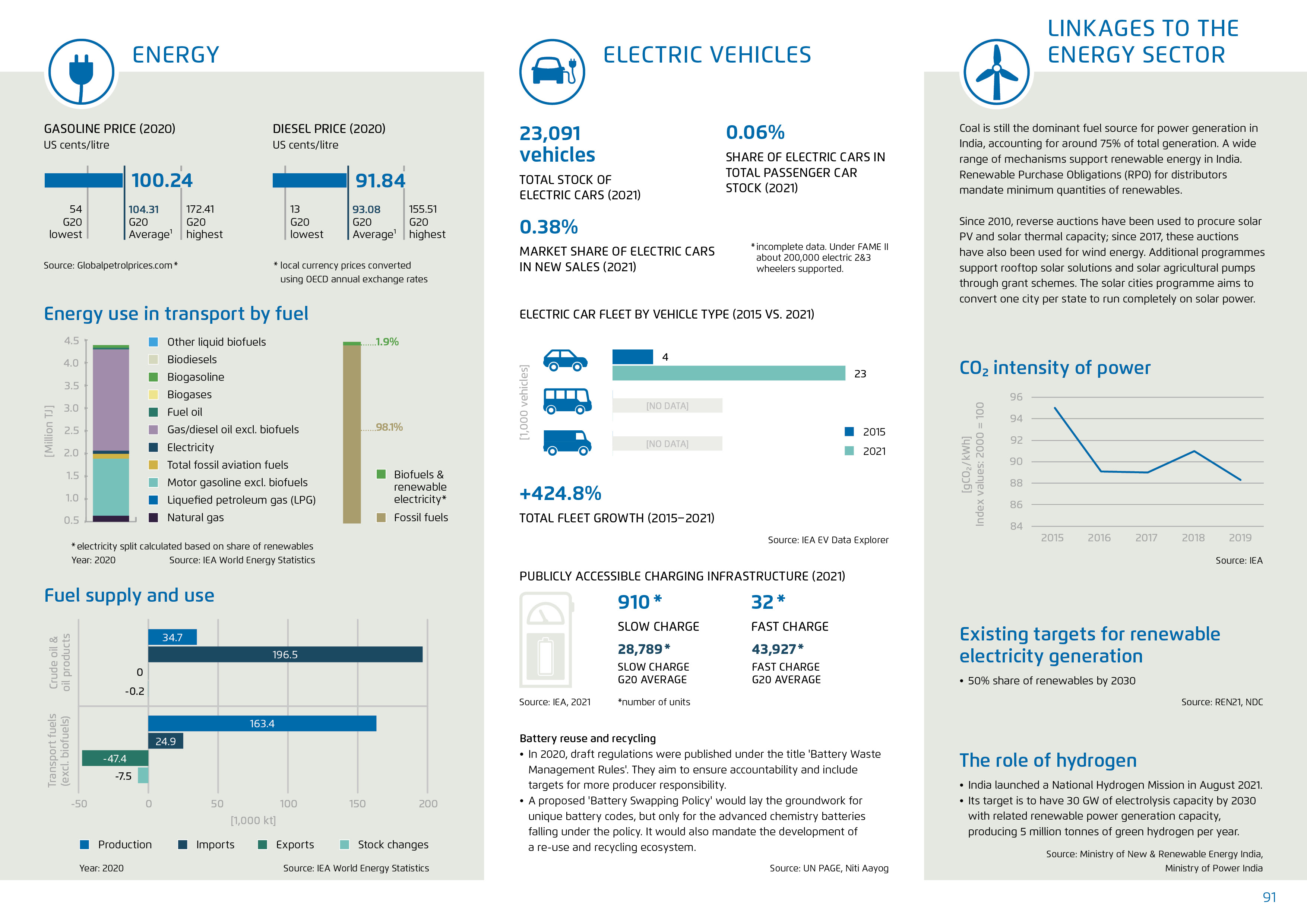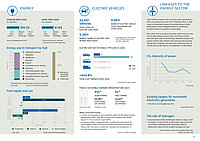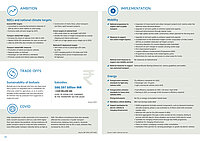This content is also available in: German
India
Net-zero target: 2070 / Motorisation rate (2020): 205.1 vehicles per 1,000 inhabitants / Change in transport sector emissions (1990-2019): 374.5 % / Projected total CO2 emissions per capita in the transport sector in 2030: 0.35 t
With 1.38 bn inhabitants in 2020, India is the second-most populated country in the world. The country's road network is the second largest in the world after the US and it has the fourth-largest rail network globally. The total number of road vehicles grew at an average of 10% per year between 2005 and 2012 and continues to grow strongly, which, together with increasing urbanisation, has led to high levels of traffic congestion and air pollution.
Despite the goal to achieve net-zero emissions by 2070 and an increase in the economy-wide target in its updated NDC, India still has no overall emissions or energy targets for the transport sector. India has measures in place to support public transport and low-carbon freight, as well as policies to enhance the energy and carbon efficiency of vehicles, including a fuel efficiency standard for heavy-duty vehicles in place since April 2018.
Key figures on transport and climate
Published in Towards Decarbonizing Transport 2023.

